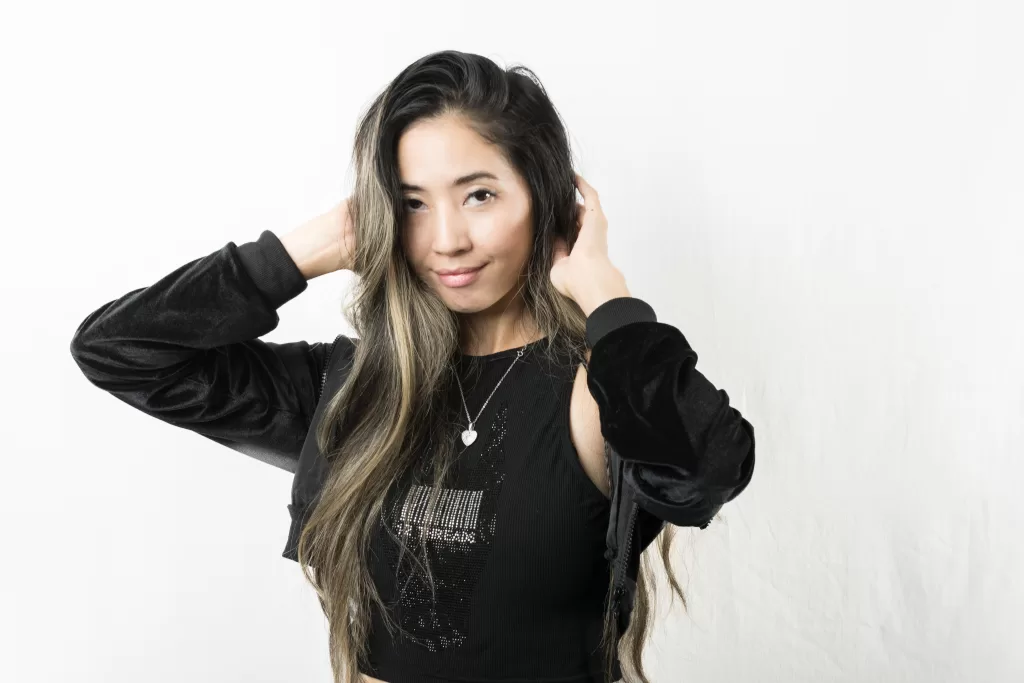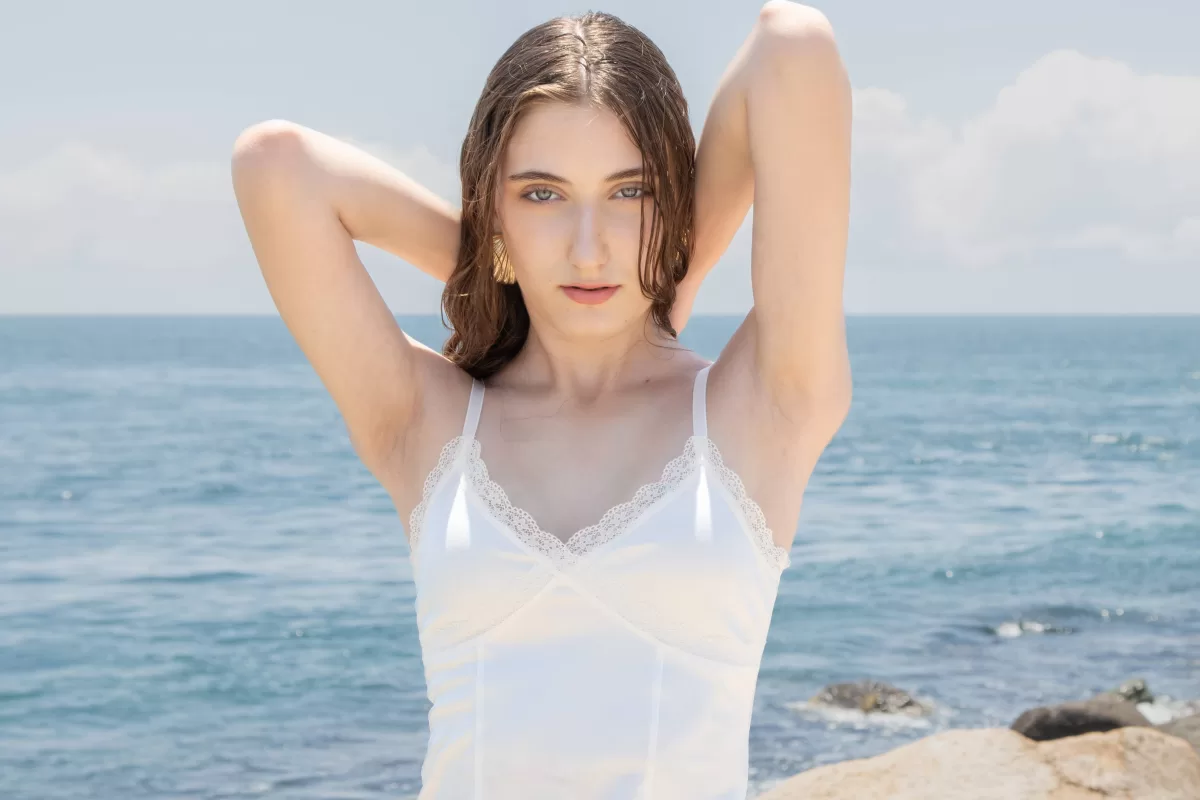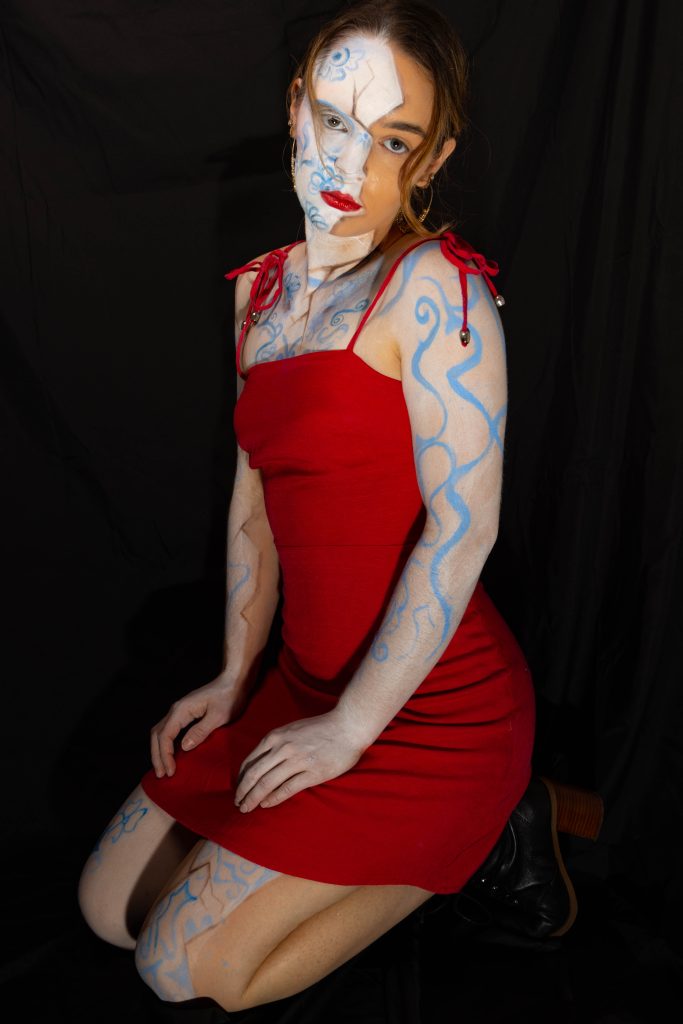Fashion marketing trends are constantly evolving to keep pace with the dynamic industry landscape. As we venture into 2024, it’s essential to stay ahead of the curve, anticipating shifts in consumer behaviour, technological advancements, and societal changes. Let’s delve into some of the most pertinent questions surrounding fashion marketing trends and explore insightful answers to navigate this vibrant realm.
What is Fashion Marketing?
Fashion marketing is a specialized branch of marketing that focuses on promoting and selling fashion products, such as clothing, accessories, footwear, and magazines. It involves creating and implementing strategies to distribute and sell products to a target audience, build brand awareness, and keep up with the changing fashion industry.
Why is Fashion Marketing Important?
Fashion marketing brings designer creations to life and puts them in front of the right people. It helps consumers find and express their style while aiding fashion brands to stand out in a highly competitive market. It reflects evolving consumer preferences and trends.
What are the Best Fashion Marketing Strategies?
Effective strategies include social media shopping, social media insights, video marketing, e-commerce optimization, influencer marketing, ethical and sustainable marketing, inclusivity marketing, and fashion entertainment.
Social media shopping involves using platforms like Instagram, Facebook, Pinterest, YouTube, Snapchat, and TikTok to showcase and sell products directly to consumers.
Social media insights help understand customer behaviour, preferences, and needs, tailoring marketing campaigns accordingly. Video marketing creates engaging and informative content to showcase products and educate consumers about fashion trends and tips. E-commerce optimization involves techniques like SEO, email marketing, content marketing, and web design to attract and convert visitors.
Influencer marketing involves collaborating with influential people such as celebrities, bloggers, vloggers, and experts to promote products and reach new audiences. Ethical and sustainable marketing emphasizes the environmental and social impact of fashion products and practices, appealing to consumers who value sustainability. Inclusivity marketing celebrates diversity and inclusion in fashion, catering to different sizes, shapes, colours, genders, and abilities of consumers. Fashion entertainment creates immersive experiences for consumers, such as virtual reality, augmented reality, live streaming, and gaming.
How to Conduct Fashion Market Research?
Market research involves surveys, focus groups, observation, online analytics, and secondary research. Understanding consumer behaviour, industry trends, and competitive landscapes is vital for informed decision-making.
Surveys and interviews collect feedback and opinions from potential and existing customers. Focus groups facilitate discussions about products or topics among a small group of people representing the target market. Observation involves watching and recording how customers behave and interact with products.

Online analytics tools like Google Analytics, Facebook Insights, and Instagram Insights measure and track online activities. Secondary research reviews existing data and information from industry reports, academic journals, magazines, blogs, and podcasts.
What are the Fashion Marketing Trends to Watch in 2024?
In 2024, personalization reigns supreme, powered by artificial intelligence and data-driven insights. Expect to see gamification strategies, a surge in comfortable clothing demand, and innovative approaches to engage consumers in evolving digital and physical spaces.
Virtual fashion experiences leverage virtual reality (VR) and augmented reality (AR) to create immersive experiences that transcend physical boundaries. Community-centric marketing fosters communities around shared values and interests, creating spaces for dialogue, collaboration, and co-creation. Sustainable fashion initiatives integrate sustainability into core values, embracing transparency, circularity, and responsible consumption practices.
Micro-influencer partnerships leverage smaller, niche audiences for authentic advocacy. Dynamic content formats, from interactive shoppable content to serialized storytelling, captivate audiences across multiple touchpoints. As fashion marketing continues to evolve, adaptability, agility, and innovation emerge as key imperatives for brands and marketers navigating the ever-changing landscape.
How to Become a Fashion Marketer?
To become a fashion marketer, aspiring individuals typically pursue education in marketing or fashion-related fields. A bachelor’s degree in marketing, fashion, or a related field provides foundational knowledge. Additionally, specialized programs or courses in fashion marketing offer insights into industry-specific strategies and trends.
Skills required for success in fashion marketing include a blend of creativity, analytical thinking, and effective communication. Creativity is essential for developing compelling campaigns and visual content that resonate with audiences. Analytical skills enable marketers to interpret data, track trends, and measure campaign effectiveness. Effective communication skills are crucial for conveying brand messaging and engaging with diverse stakeholders.
Hands-on experience through internships, entry-level positions, or freelance projects is invaluable for gaining practical skills and industry insights. Internships with fashion brands, advertising agencies, or marketing firms provide opportunities to apply theoretical knowledge in real-world settings. Exposure to diverse projects and collaborations enhances adaptability and fosters a holistic understanding of the fashion marketing landscape.
Continual learning and professional development are essential for staying abreast of evolving trends and technologies. Attending industry conferences, workshops, and networking events facilitates knowledge sharing and fosters connections within the fashion marketing community. Engaging with industry publications, blogs, and online resources keeps marketers informed about emerging trends, best practices, and case studies.
How Much Does a Fashion Marketer Make?
The salary of a fashion marketer varies based on factors such as education, experience, skills, location, and employer. In Australia, the average annual salary for a fashion marketer is approximately AU$58,958, as of January 2024. However, salaries may vary significantly depending on the role, responsibilities, and industry segment.
Entry-level positions or junior roles typically offer lower salaries, while senior positions or roles with managerial responsibilities command higher compensation. In addition to base salary, fashion marketers may receive bonuses, commissions, or other incentives based on performance and company policies.
Salary trends may also reflect regional differences in cost of living and demand for fashion marketing professionals. Metropolitan areas with thriving fashion industries or headquarters of major fashion brands may offer higher salaries compared to smaller markets.

Aspiring fashion marketers must research salary ranges, assess market demand, and negotiate effectively when considering job opportunities. Factors such as job scope, career growth opportunities, company culture, and work-life balance should also be considered when evaluating compensation packages.
In conclusion, pursuing a career in fashion marketing requires a combination of education, skills, practical experience, and ongoing professional development. By cultivating a strong foundation, staying adaptable to industry changes, and seizing growth opportunities, individuals can embark on a fulfilling journey in the dynamic world of fashion marketing.

